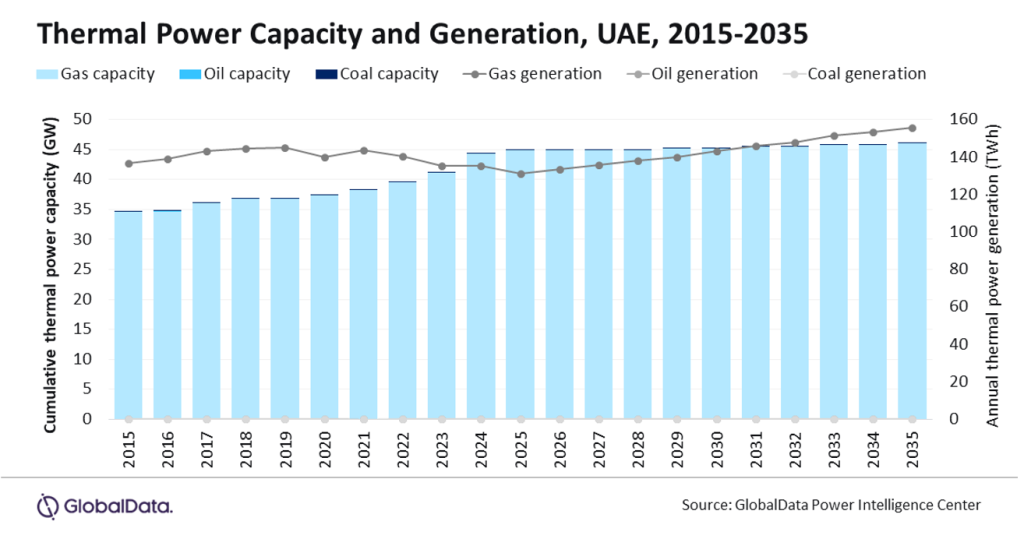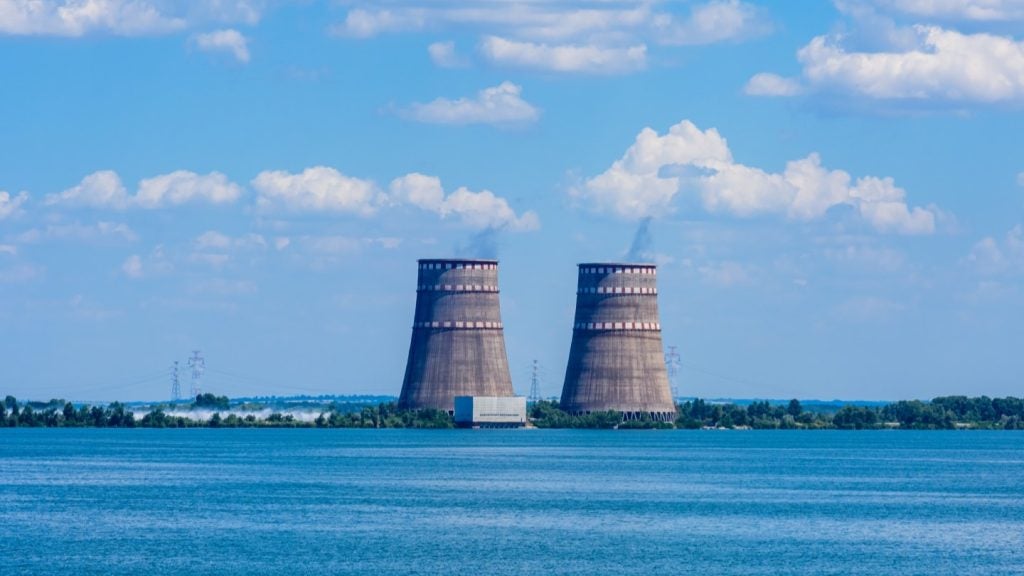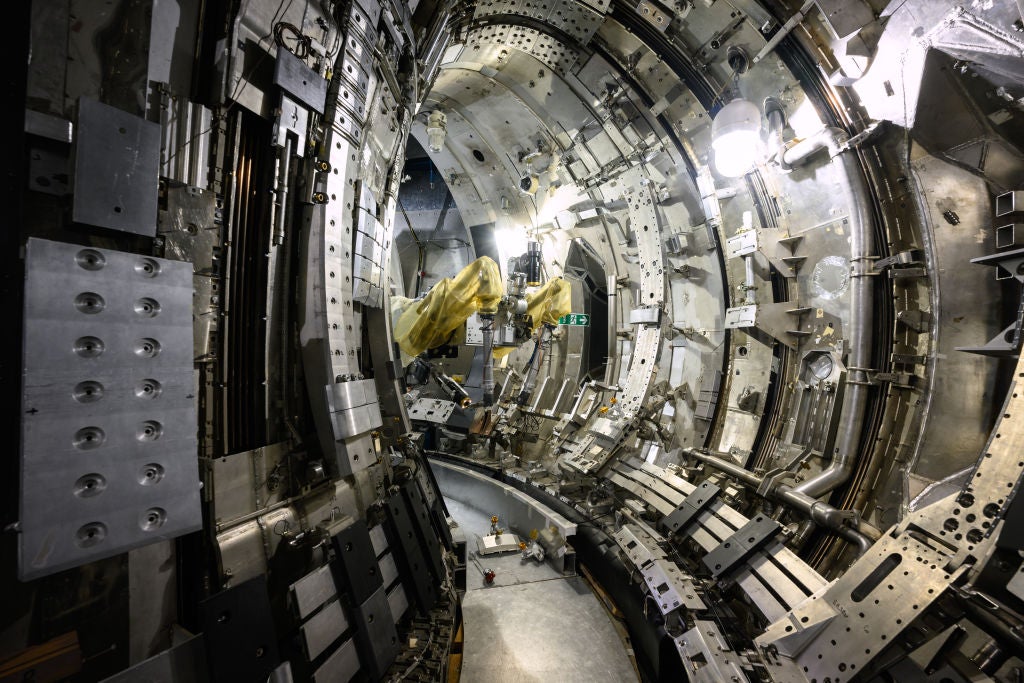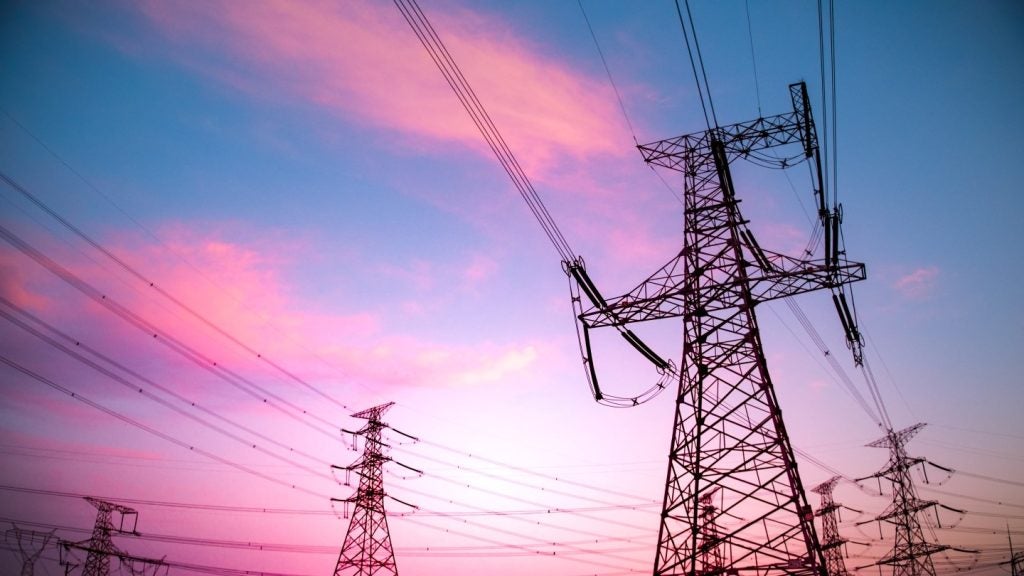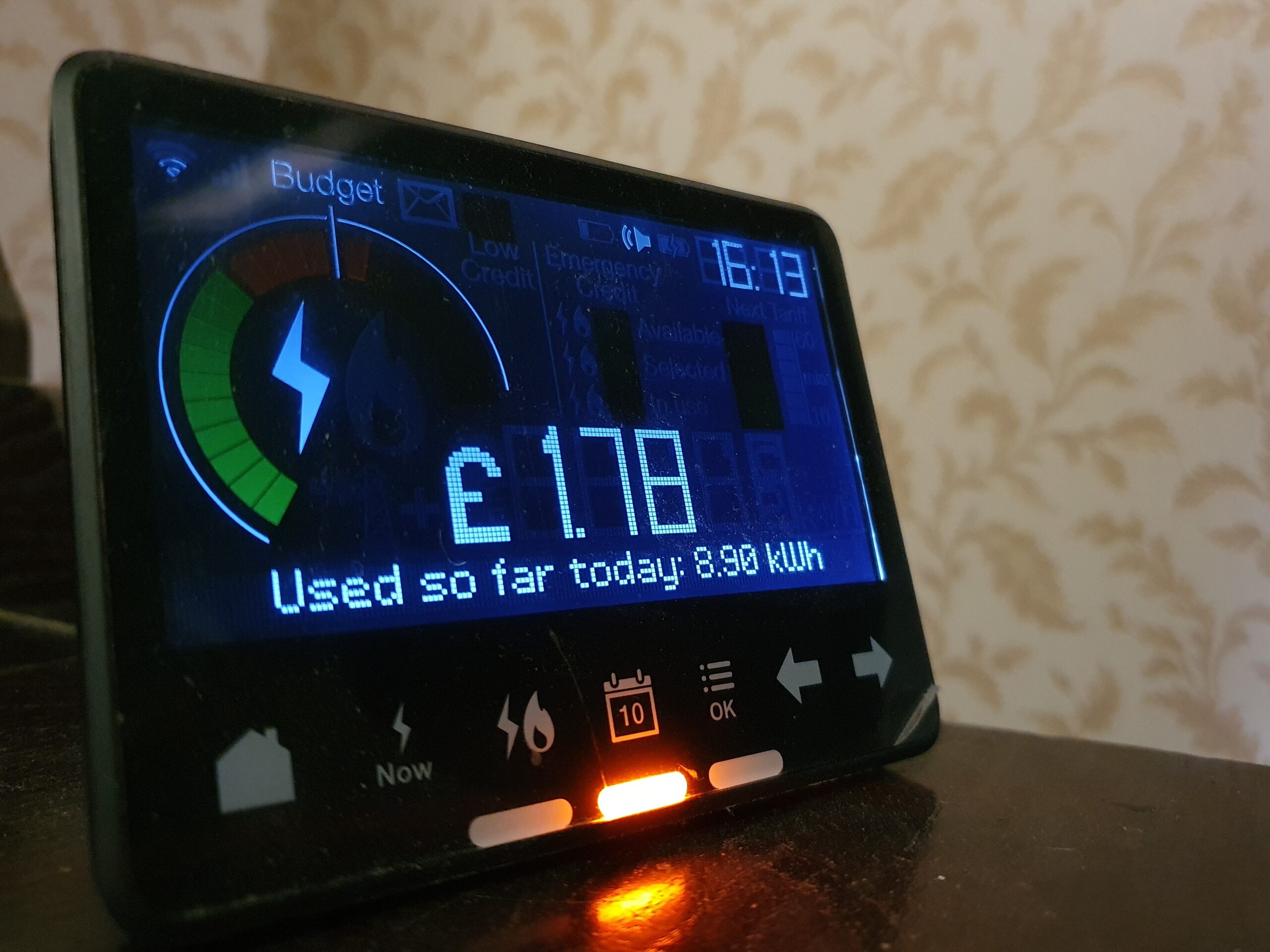
The centre of the energy system is shifting away from its least predictable element: the consumer. As time-of-use tariffs grow, consumers will start to feel the effects of a more competitive market. Suppliers hope they will quickly adapt, making generation more predictable and pricing more responsive.
New tariffs rely on an entire ecosystem of data that did not exist before digital energy meters. Use of these devices varies wildly across European countries, but the EU hopes to encourage a minimum penetration of 80% in its member states. Installations and power data keep growing towards this goal, in the hope that a new realm of big data will provide unforeseen opportunities. Suppliers and consumers must learn new ways of interacting and optimising, but practically, what will this look like?
The digital energy meter rollout
Time-of-use tariffs are enabled by digital energy meters, sometimes known as ‘smart meters’. These give real-time power use data to consumers, utilities, and power traders. Currently, utilities encourage consumers to check this data to reduce their power consumption, often equating this with emissions.
When time-of-use tariffs become more widespread, checking power use statistics will become a necessity for many cost-conscious consumers. However, even with the EU’s target, some countries will be intentionally left behind.

The EU only requires member countries to move toward digital meters if they would cut costs. Because of this, Germany’s rollout has taken a different approach, as studies have determined smart meters would cost the country more than it would gain. In 2019, the EU estimated that 77% of its member nation consumers would have a smart meter by 2040.
Currently, six countries have already finished their rollouts. Italy has started planning a second rollout, replacing 30 million first-generation units as they reach the end of their lifespan. These units would be among the first of the second generation, offering greater accessibility and more frequent data updates.
How well do you really know your competitors?
Access the most comprehensive Company Profiles on the market, powered by GlobalData. Save hours of research. Gain competitive edge.

Thank you!
Your download email will arrive shortly
Not ready to buy yet? Download a free sample
We are confident about the unique quality of our Company Profiles. However, we want you to make the most beneficial decision for your business, so we offer a free sample that you can download by submitting the below form
By GlobalDataNew big data driving optimisation in time-of-use tariffs
The UK mandated the fitting of ‘smart’ meters from 2016, though consumers have no obligation to replace existing meters. Utilities now install the meters as standard, and as of March 2021, 42% of all domestic power meters in the UK were smart meters. This increased by approximately 5% over the previous 12 months.
On the other side of the Channel, the Netherlands aimed to install smart meters in every house by the end of 2020, but the Covid-19 pandemic delayed these plans. Meanwhile, the Belgian government recently agreed a package of compensation after a court ruled all domestic solar PV users must install smart meters.
Recently, Belgium’s third-largest utility Eneco contracted Ensek Benelux to handle data from smart meters. The company operates across Belgium and the Netherlands, with its parent operating in the UK. Ensek Benelux managing director Gunter Walmagh said: “If you don’t optimise, you’ll just inject solar energy into the grid, and you will use it in a very polluting way when you consume, whereas if you can increase your self-sufficiency, you can do it at a lower cost for yourself and the environment.
“There’s a lot of ground to cover by just doing small things, by optimizing rather than just consuming as you go. [Digital meters and power data] can provide that extra layer that will enable that.”
Ensek senior project manager Clare Gilby said: “For suppliers, it gives them the opportunity to sell an actual product rather than talking about selling tariffs. I think that’s ultimately where suppliers have got to get to, so that customers see value from their particular energy company. But to do that, they’ve got to offer something that gives value to that customer, rather than talking about pence-per-kilowatt-hour. That’s certainly the biggest benefit smart metering can give suppliers.”
Will consumer technology automate where people cannot?
“As an end consumer, what do you want?” asked Walmagh. “You want the same comfort level as today, you want the lowest energy bill possible and, where possible, you want to think about the environment and decarbonisation.
“I think technology is the core to actually realising that, and digital platforms that support optimise on behalf of the customer, without even knowing it. It’s really about giving the most value to the customer, so they don’t have to decrease their comfort level.”

Julian Leslie, head of networks with National Grid ESO, agreed: “There’s no way someone is going to wake up in the morning and have to schedule their washing machine. It needs to be: you load it, you press the button, it’s already pre-programmed with your requirements as to when the washing is needed and what tariff you’re on, and you just press the button and it’s sorted.
“As users of that energy, we will have a whole bunch of smart devices in our homes, which are all connected to our smart home device. We’ll talk to our suppliers, and they’ll say ‘So, you’ve got three children, you want to do a washing load every day and a dishwasher load twice a day, here’s a tariff for you. I’m going to send you a whole load of smart plugs, if you want to really keep down your tariff, we’ll take control over all of that, and if you want to pay a bit more, we’ll give you a bit more control.’
“The consumer will still do what we’ve always done, but the devices we’re using may behave differently.”
“We will want more engagement with smart power data”
Ensek director of products Tyron Vardy said: “When you interact with your energy supplier, assuming you’re happy with them, you tend to look at an app on your phone, usually around renewal time trying to get the best deal. The smart meter data enables you to get clients to engage because they want to engage, not because they have to.
“The more data we get, the more data science we put on that. Then, we can start doing things, almost like gamification. You can start to move the interaction from being very transactional, to seeing when your appliances come on.
Gamification is its own trend in technology and human behavioural studies. The idea centres on quantifying people’s behaviour, and allowing users to ‘play the game’ against others. Already, this drives users of exercise apps to race for the best times. Vardy likens this to comparing power use with others in the area.
“It may not make me go out and buy a new TV, but when the TV fails, I might look at the metrics and figure ‘Why am I paying this when somebody else is paying a third of that.’
“When you get into that mindset of being engaged with it, as we get more electric vehicles, solar panels on the roof, heat pumps, battery storage and things like that, we will want more engagement.”
Safeguarding the vulnerable from the traps of time-of-use tariffs
As in any area, digitalisation risks creating a world only accessible to people with technological skills. Making many public services available online has meant big savings in public services. However, while government’s must make services accessible to all, private power companies do not have the same requirement.
In the UK, a study by charity co-ordination group Citizens Advice found that “younger consumers [are] more likely to sign up than those older than 65”. At the same time, consumers with incomes greater than £120,000 ($170,000) were more likely to use a time-of-use tariff than those on median incomes.
Gilby says technological ability should not prevent consumers from having new tools with a new system. “One of the things I think will happen in the future is a ‘family package’, so you can potentially have multiple accounts under one payment plan,” she said. “This would be similar to mobile phones, when you can have children with their own sim card where parents can see data and make payments.
“I think a similar thing will happen in the energy market, so you would be able to have related accounts. You could gift extra payments, you could have a dashboard that tells you when they are using energy, and if it looks like their expenditure is going to exceed what they would normally pay, you could make sure that shortfall is met.”
Smart meter companies have faced concerns that digital meters will allow utilities to remotely disconnect power supplies, bypassing regulations. Gilby continued: “If somebody is running out of credit, utilities can have non-disconnection hours. That would mean that, when the shops aren’t open, you should be protected from being in a position where you can’t top-up and you’ve got no one to talk to about it.”
Also read our other articles about how smart meters will change the load on transmission grids and the revolution of power trading.



